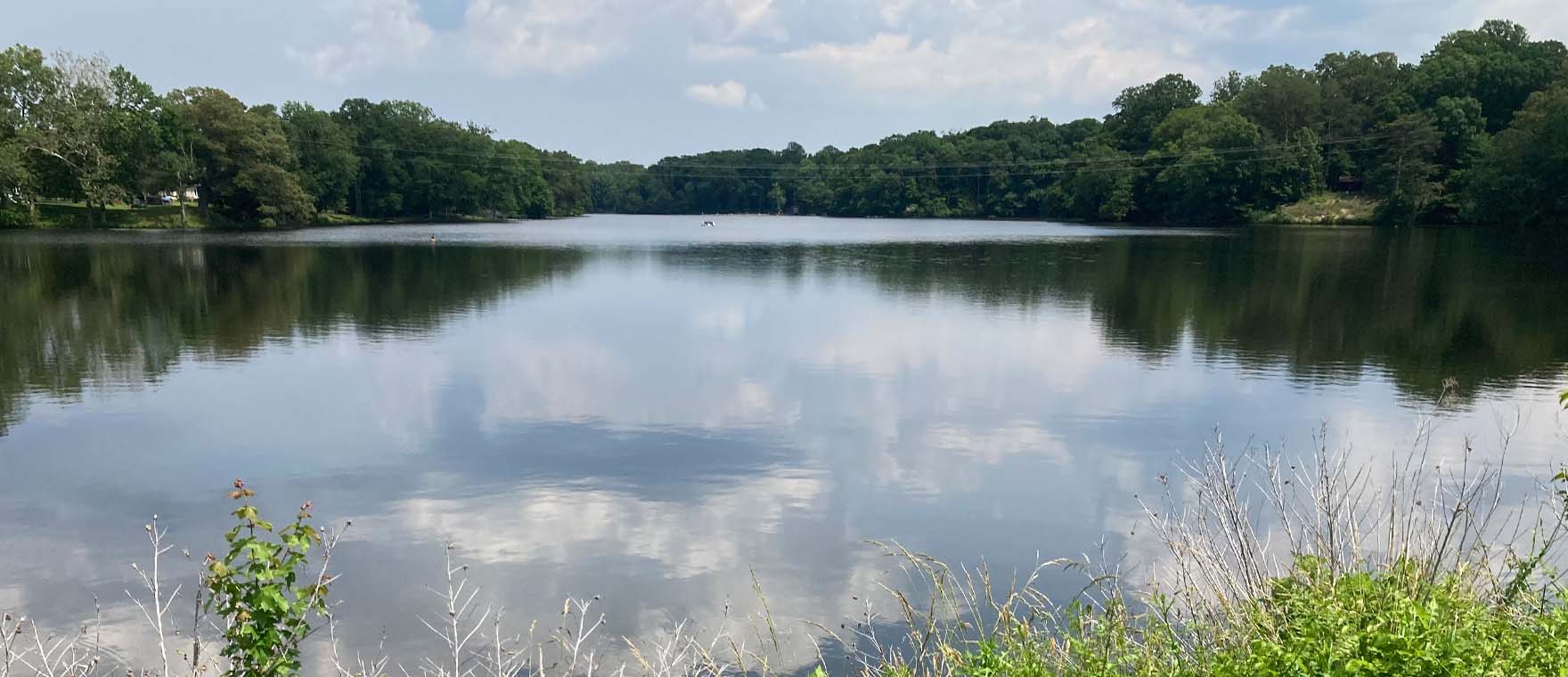As a summer breeze sweeps an assortment of leaves along the banks of Williston Lake, birds gloriously chirp, and the water ripples. However, for a long time, this privately-owned lake, managed by the Girl Scout Council of the Chesapeake Bay (Girl Scouts), was contaminated by toxic blue-green algae blooms.
Williston Lake encompasses 56 acres and is shared among 19 residential landowners. The lake is mainly used recreationally, including activities such as bass fishing, canoeing, and swimming. The lake is also home to numerous diverse plants and animals; thus, ensuring the region’s biodiversity is essential.
The bloom’s effect
The problem with toxic algae blooms at Williston Lake started in 2009. Meanwhile, to add to the problem, extreme cyanobacteria blooms were measured in 2010 and 2011. Here, cell abundance exceeded 106 mL-1, while, at the same time, microcystin concentrations were approximately 80 ppb. However, the World Health Organization’s safe threshold of 10 lg L-1 for recreational usage was exceeded significantly. Consequently, an advisory notice was issued by the State of Maryland, shutting down the lake for all recreational activities.
Ecosystem recovery
Banned water-related activities and overall restricted lake access proved to be the main concerns for Girl Scouts and lakefront landowners. Given how past mitigation strategies had failed in their approach to reducing the toxic algae blooms, an innovative, new approach was subsequently needed.
Moving forward, June 2022 signaled the installation of the MPC-Buoy ultrasonic algae control systems at the troubled lake. Ultimately, this solution was intended to control Cyanobacteria growth as well as protect the lake’s biodiversity. MPC-Buoy had previously been installed in other lakes and reservoirs throughout the state of Maryland. Further examples of these include American Water’s Mt. Soma reservoir, and Rainbow Lake in the Town of Emmitsburg.
Algae buoyancy regulation
Ultrasound is a unique way of affecting algae’s buoyancy regulation. In this way, a lot of algae groups require cell buoyancy to float toward the top of the water, generating sufficient light for growth. Also, these groups regulate buoyancy by altering gas vesicles or other components’ production within their cells. Ultrasound waves directly impact all HABs that rely on buoyancy. This, in turn, prevents the HABs from vertically moving in the water column, further harming the effects of photosynthesis.
